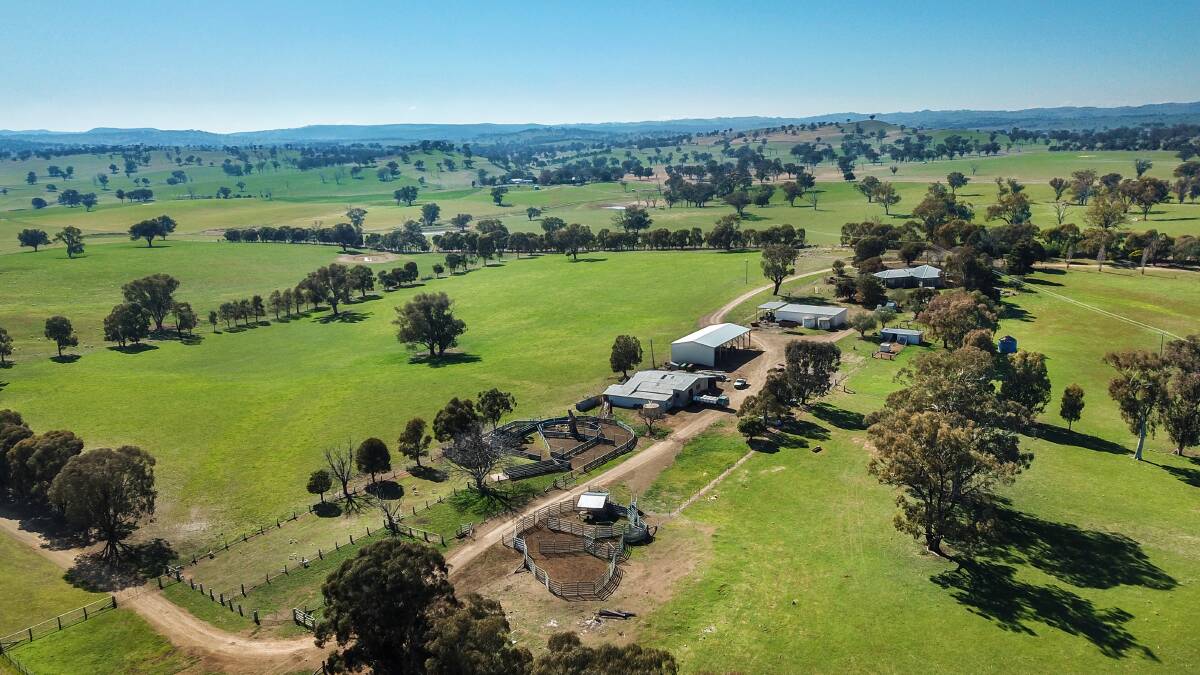
The NSW rural property market in 2018 has comprehensively defied the drought affecting most of the state, continuing to maintain the upward value trend of recent years.
Subscribe now for unlimited access.
$0/
(min cost $0)
or signup to continue reading
Strong prices paid for rural properties across the board have been a reflection of tight supply on one hand – a consequence of the drought – and broad optimism about future agricultural returns.
Although a breaking of the drought will undoubtedly flush more properties onto the market, this is not expected to see prices take a backward step. On the contrary, the combination of demand and optimism is likely to see prices “kick a bit more yet”, according to valuer Herron Todd White’s national director, rural, Tim Lane.
READ ALSO:
He says the governing factor in determining when the current upward trend levels out will be simple economics: at what point land prices become out of kilter to achievable earnings. Mr Lane says demand has been coming from local families, corporate investors, and in some areas, changes in land use.
Examples of the latter include buyers seeking sites for solar or wind farms, or horticultural developers moving into traditional grazing areas where water is available.
But while the demand is broad-based, it’s been established farming businesses with strong balance sheets who’ve been the volume buyers in this market, according to CBRE Agribusiness director Col Medway.
He says many farming families have been chasing further scale while interest rates are low, to accommodate their next generation of managers, while seeking production efficiencies for plant and labour.
As for the extent of actual price movements, Tim Lane says there has been a general lift of 100 per cent and in places more, from the market low point of 2013. Some land types, for instance in rain-favoured areas of north-east and south-east NSW, have posted rises of 50 to 100 per cent even since 2016.
A case in point was the sale at auction to a neighbouring landholder in October by Townsend Real Estate of the Orange grazing property “Big Panuara” (pictured). The 420ha well-improved former soldier’s block sold for $3.9 million, which selling agent Stephen Townsend said equated to a rise of about 50 per cent above its likely value in 2016. According to CBRE’s Col Medway says “plenty of sales” of fenced and watered grazing land have been made this year at prices equivalent to $700-$800/DSE.
He said inquiry for mixed farms remained strong, despite the poor season, reflecting the strong profit fundamentals and the proven synergies between cropping and sheep enterprises. In the latter regard, the development of graze-and-grain-recovery varieties for canola and wheat, coupled with the refinement of best-practice husbandry for these crops, had been “a real game changer” for the NSW slopes and tablelands, with their long growing seasons.
Ray White Rural’s Sydney-based sales veteran Bruce Gunning said properties up to $10 million in value were still keenly sought, especially those with irrigation and water licences, or in favoured rainfall areas. He said the drought had turned away some institutional buyers, who saw no prospect of an early return on investment, while others were prepared to forgo an immediate return to obtain a quality property. That’s been the observation also of Elders’ real estate sales manager for NSW, Richard Gemmell, who said buyers – both corporates and locals – were mostly taking a long-term view of their investments rather than being influenced by seasonal conditions. He said a tight supply of listings in the first three quarters of 2018 had driven prices higher, but late spring rains in parts of the state had seen more properties hit the market, bringing supply and demand more into balance.

